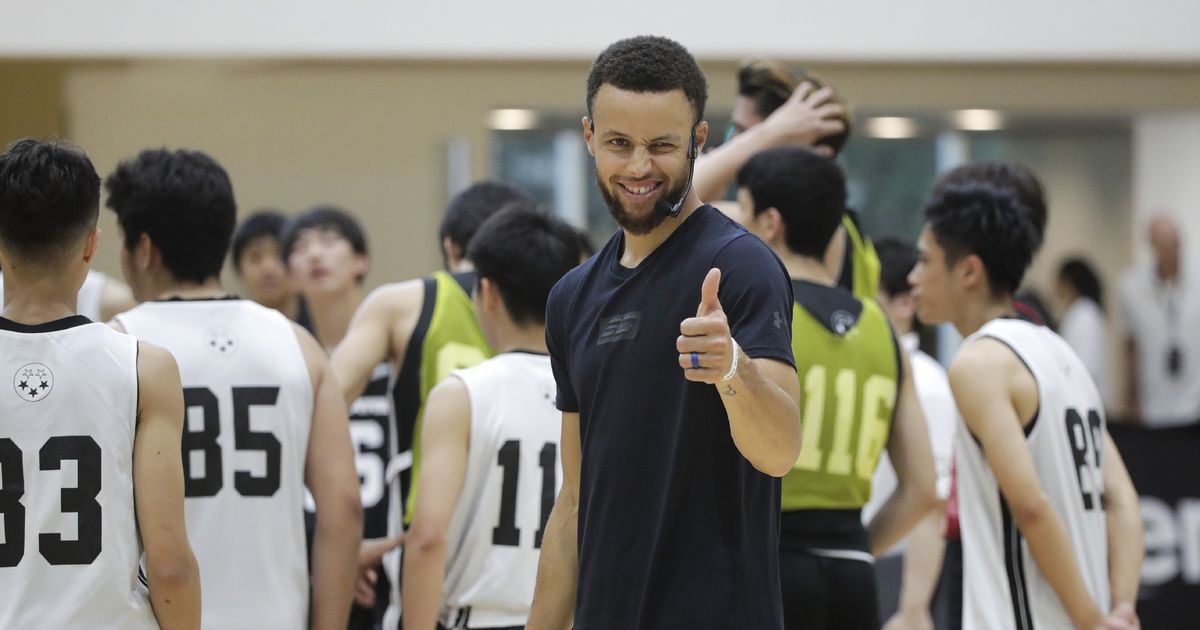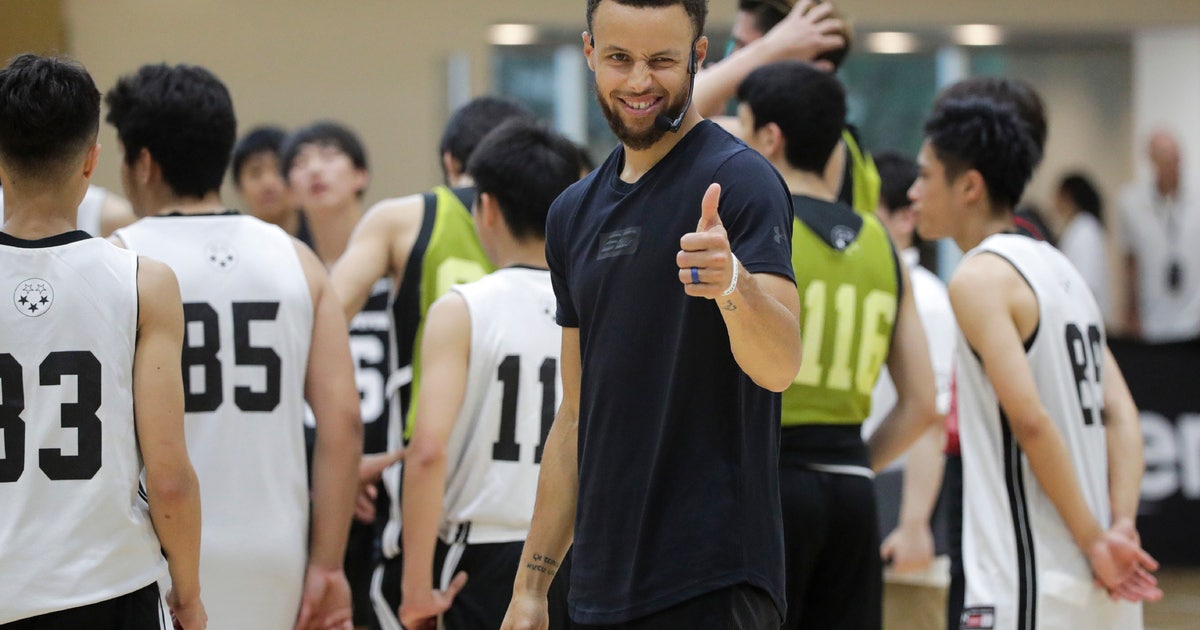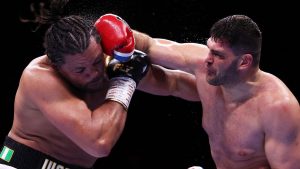Analysis: In big-money times, NBA teams face biggest risks


Golden State owner and CEO Joe Lacob often uses the same phrase when asked about how much money the Warriors are willing to spend to keep a championship-contending roster together.
“Whatever it takes,” Lacob says.
In the NBA, those words have never been as weighty.
The summer spending starts Sunday in the NBA, with teams and players set to reach agreements on more than $2 billion — maybe even more than $3 billion — in new deals over the next few days. It’s a risk-reward play, one where teams must dig deeply into their pockets to land the best players and hope that those massive financial commitments don’t end up crippling their franchise for years.
The Warriors are likely to offer Kevin Durant a $221 million, five-year deal that will come with two big pills for the team to swallow. One, he’ll be on a $38 million scholarship next season while he recovers from Achilles surgery and cannot play. And two, Durant would be owed more than $50 million when his then-35-year-old self plays the final year of that contract.
Not to mention, the Warriors are expected to commit $190 million to keep Klay Thompson — who’ll miss several months with a knee injury — for the next five years. Plus, Stephen Curry will make an NBA-record $40 million next season. So if the Warriors keep Thompson and Durant they’ll be paying their three best players about $110 million next year and two of those guys are dealing with major injuries.
“We run a business, so it’s not being completely fiscally irresponsible,” Warriors general manager Bob Myers said of the team’s approach to spending. “But every time I’ve went to Joe and it seems that it’ll benefit us competitively, he’s responded affirmatively and said ‘OK.’ So there’s never really been a hard budget, so to speak.”
That’s not the case with most teams.
That’s part of the reason why this free-agent period is so intriguing.
The Los Angeles Lakers are betting their future on Anthony Davis — he’ll be officially acquired via trade on July 6 — and general manager Rob Pelinka’s ability to land another big-name free agent to play with Davis and LeBron James. Brooklyn and New York have tons of money to spend, yet neither seems to have a clear vision yet on which players will actually be getting that cash. Toronto will be setting team spending records next season if it is to keep Kawhi Leonard and have a chance for a second straight NBA title.
Philadelphia has tough decisions to make about who to put around Ben Simmons and Joel Embiid. Houston spent a ton last year and will try to land Jimmy Butler in a sign-and-trade. The Los Angeles Clippers are likely to get a meeting with Leonard, and will be looking to add to their solid core. And plenty of teams like Denver and Portland will be looking to add good complementary pieces.
“People say it’s about winning,” Denver general manager Tim Connelly said after his team won 54 regular-season games and went to the Western Conference semifinals this past season. “If it’s about winning, I don’t know how we’re not 1, 2 or 3 with a bullet.”
Fact is, the dynamics of everything have changed so much in recent years with salaries soaring.
Kobe Bryant was the highest-paid NBA player in the 2015-16 season, pocketing $25 million from the Los Angeles Lakers in what was his final year before retirement.
That was barely three years ago. In the NBA now, that’s almost chump change.
In 2022-23, three players — James Harden, Russell Westbrook and John Wall — will have the option of making $47 million for that season alone. Spoiler alert: They’re all going to opt in to those deals, because no one could pass up a chance to make $12,000 a minute for an entire regular season. And Wall’s contract, combined with his injury issues that kept him off the court for much of last season and may sideline him for the entirety of 2019-20 as well, will undoubtedly serve as a cautionary tale for some clubs.
Plus, there’s no guarantee the huge deals pay huge dividends. Or any.
Memphis gave Mike Conley $153 million for five years, then sent him to Utah earlier this month in large part because the numbers no longer made sense for the Grizzlies. Charlotte seems likely to lose Kemba Walker on July 6, partly because it gave Nicolas Batum a $120 million, five-year deal in 2016 and is paying Bismack Biyombo another $17 million next season. Miami is cap-strapped this summer in part because of the big deals it gave in recent years to players like Hassan Whiteside ($98 million) and James Johnson ($60 million) — two players who weren’t even Heat starters when last season ended.
So while the NBA championship in 2020 is the immediate goal, teams will be making all their maneuvers starting Sunday with an eye on what the cap balance — and in many cases, the luxury tax bill — will be for years to come.
“I think it all comes down to a timeline, the cycle of your team,” Oklahoma City general manager Sam Presti said. “The reality is that market value for players in free agency, players when they’re at the maximum level salary, it’s all relative to time.”
For many teams, that time is here starting Sunday.





